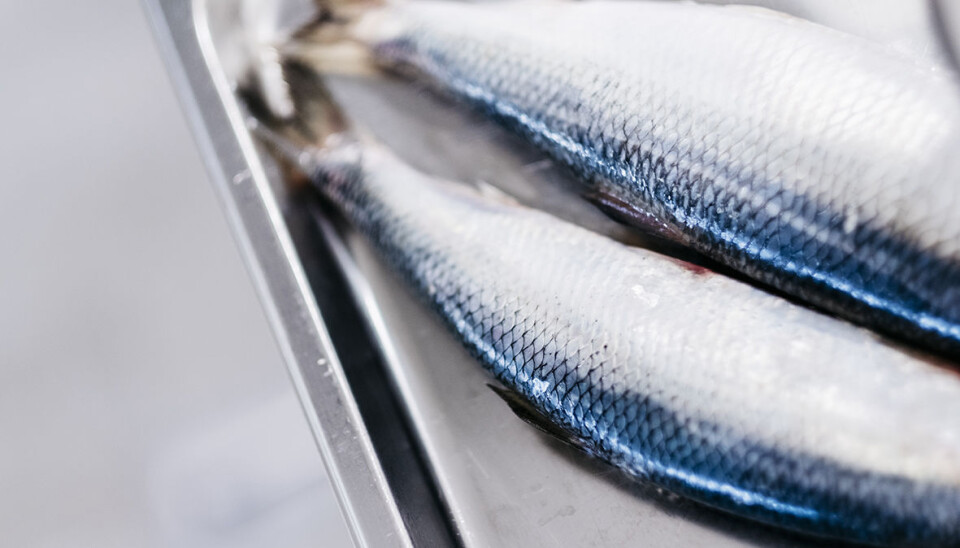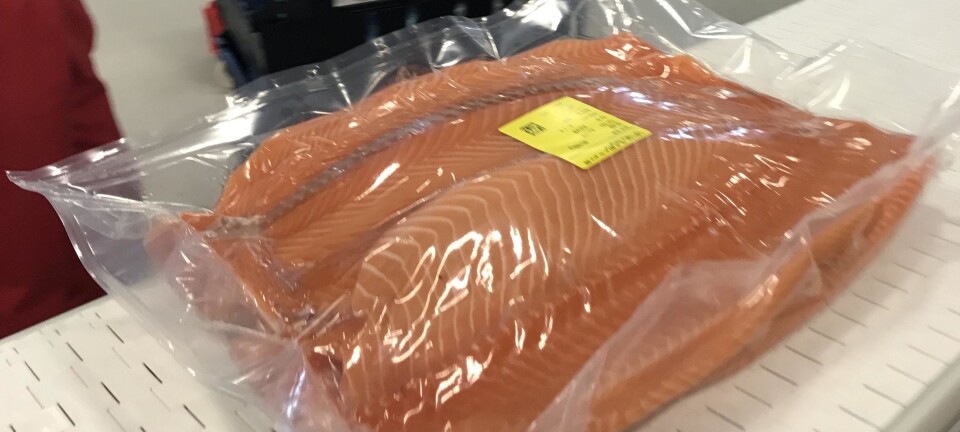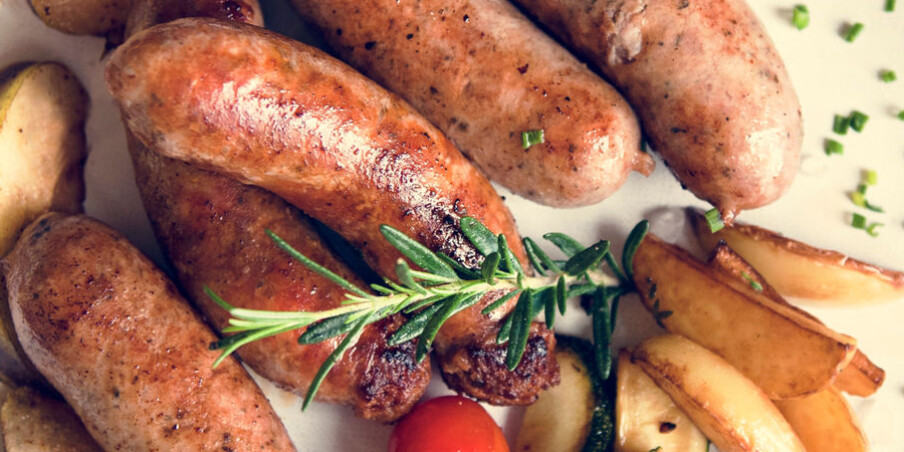This article was produced and financed by Nofima The Norwegian Institute of Food, Fisheries and Aquaculture Research - read more

Norwegian oils from sea and land generate more omega-3
Scientists at Nofima have found that a mixture of a Norwegian plant oil and fish oil from the North-Atlantic can stimulate animals and humans to form healthy omega-3 fatty acid EPA and DHA themselves.
The long, healthy omega-3 fatty acids EPA and DHA are important for animal and human health. Not least for salmon, which have a lot of these in their natural diet.
There is a lack of ingredients rich in EPA and DHA on the world market today, and a lot of research and innovation is going on to solve this problem.
Although it is important to find or create new sources of EPA and DHA, it is also important to utilise the omega-3 sources we already have optimally. That accounts for both humans and fish.
Fatty fish and fish oil contain high levels of EPA and DHA, whereas the shorter omega-3 fatty acid alpha linolenic acid (ALA) is dominating in plant oils. Both salmon and humans can synthesize EPA and DHA from ALA, but the capacity is limited.
One way to help the fish produce more EPA and DHA themselves is to stimulate the salmon to transform more of the short omega-3 fatty acidALA from plants, into the longer omega-3 fatty acids EPA and DHA.
Cetoleic acid as an omega-3 catalyst

Four years ago, Nofima scientists discovered that fatty cetoleic acid, which we find extensively in fatty species of fish such as sand eels and herring from the North-Atlantic, serves as an omega-3 catalyst.
Cetoleic acid actually stimulates the conversion of the short omega-3 fatty acid ALA that plant oils are rich in, to the long and healthy omega-3 fatty acids EPA and DHA (in fish and human liver cells).
Effects in humans?
The Nofima-Scientists have mixed a North-Atlantic fish oil containing high amounts of cetoleic acid with a vegetable oil (camelina oil) rich in ALA. They then tested the combination of the two oils in feed for rats, which serve as a model system for human nutrition.
“Our hypothesis was that when camelina oil and fish oil are mixed, the cetoleic acid from the fish oil has lots of ALA to work with and will form EPA and DHA in the body”, says Astrid Nilsson, senior scientist at Nofima.
When we reduced the limiting dietary resource fish oil with up to 50 percent of the plant oil camelina, the blood level of omega-3 in the body was equally high in both groups. These results show that cetoleic acid in the fish oil has stimulated synthesis of EPA and DHA from ALA in the plant oil.
“This means that when you take the best of both worlds, you can use half as much of the EPA- and DHA-rich fish oil and still end up with a jackpot of DHA levels in the body”, says Nilsson.
This is good news as the availability of fish oil with high levels of DHA is limited, and prices are high.
However, the mixture ratio between available ALA and cetoleic acid will most likely be important in order to achieve the maximum amounts of EPA and DHA.
What about salmon?
The scientists also wish to test such combinations of oils on salmon.
Mixing plant oil and fish oil in fish feed is nothing new. A Nofima report from 2019 shows that from 2000 to 2016, feed producers went from not using plant oil in feed to having around 20 percent in feed. However, little is known about whether salmon benefit from an interaction between ALA and cetoleic acid in today’s commercial feed in cages in the sea.
Nofima’s senior scientist Tone-Kari Østbye has studied the mechanisms behind cetoleic acid in feeding experiments involving salmon, as well as in liver cells from salmon and humans. The results show that cetoleic acid increases the cells’ capacity to create EPA and DHA from ALA.
“When we see this in human liver cells, there is a strong indication that the same will occur in humans too. However, we can’t be certain of this without investigating the effect of diets containing fish oil with high cetoleic acid levels with diets containing fish oil with low cetoleic acid levels in humans”, says Østbye.
The results have great commercial value for the fish oil industry:
“The knowledge gained through the projects will also be of great benefit to the aquaculture industry, in terms of optimal utilisation of marine and vegetable oils, and to better manage omega-3 levels in farmed fish”, says R&D Manager Ola Flesland from the fish oil manufacturer TripleNine.
Reference:
Østbye, Tone-Kari Knutsdatter, et al. "The long-chain monounsaturated cetoleic acid improves the efficiency of the n-3 fatty acid metabolic pathway in Atlantic salmon and human HepG2 cells." British Journal of Nutrition (2019): 1-14. DOI: https://doi.org/10.1017/S0007114519001478


































